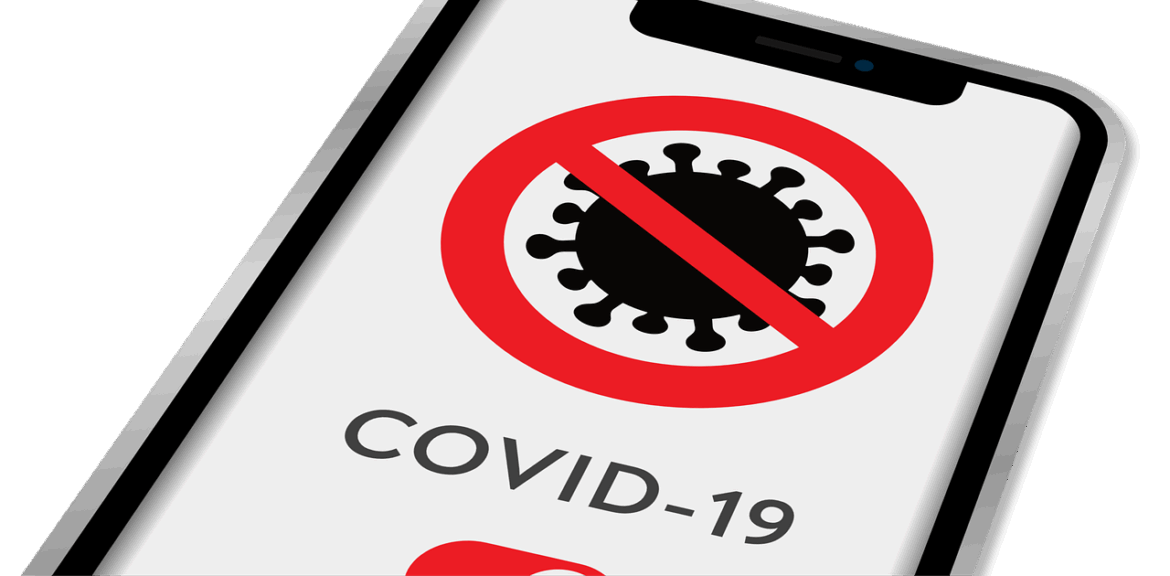The world of project management is changing faster than ever—and the tools teams use are at the heart of that revolution. Forget the clunky, old-school software that made collaboration feel like a chore. Today’s project management apps are sleek, intuitive, and packed with smart features that make work flow. Here’s the inside story of five standout platforms that aren’t just trending: they’re rewriting the rules for how teams get stuff done in 2025.
Meet Lark: The All-in-One Powerhouse Imagine if your inbox, project board, and team chat all lived inside a single app—and actually worked together. That’s Lark in a nutshell. It’s not just another tool; it’s a superapp designed to glue every part of your project together, from real-time chats to task management and even shared documents. Real teams have embraced Lark because it cuts out the constant switching between apps, letting everyone focus on the work itself. Project managers can whip up custom workflows using no-code tools, and dashboards update in real time, so everyone’s always on the same page—literally. One marketing team we spoke to used Lark to coordinate a big product launch, handling everything from brainstorming to scheduling announcements, all without leaving the app. “It was like having a digital office that just made sense,” said one team leader.
Monday.com: The Visual Planner’s Dream If you think project management is boring, you haven’t tried Monday.com. This platform has made waves by turning projects into colorful, interactive boards that anyone can understand at a glance. It’s perfect for teams that thrive on visuals—like creative agencies racing to meet deadlines or tech squads juggling multiple sprints. “The drag-and-drop interface is addictive,” admits a project manager at a digital agency. “We used it to track our entire website redesign, and it saved us hours in meetings.” Monday.com’s secret sauce? Flexibility. You can customize your workflow, automate routine tasks, and set up templates so you’re not reinventing the wheel every time. And for teams who love metrics, the data visualization tools help you spot trends and stay ahead of deadlines.
ClickUp: The Swiss Army Knife for Teams ClickUp is another heavy hitter, and for good reason: it does a little bit of everything, and does it well. Picture a digital workspace where you can track tasks, chat with teammates, and even schedule your day—all in one place. “It was a game changer for our remote team,” says a product manager at a startup. “We used to waste so much time tracking down updates. Now, everything’s in ClickUp.” The platform’s AI-powered assistant is a standout feature, automating routine work and nudging you with reminders. Plus, its integrations with tools like Slack and Google Drive mean your team can keep using the apps they love, all connected under one roof. ClickUp also lets you switch between list, board, and Gantt views, so you can work the way you think.
Oracle Primavera: For the Big Leagues Not every project is a quick marketing campaign or a sprint. Some are massive, like building a new airport or rolling out a global IT system. That’s where Oracle Primavera comes in. Designed for enterprise-level projects, Primavera is the heavyweight champion, built to handle hundreds of moving parts. Construction firms, government agencies, and multinationals rely on Primavera for its advanced scheduling, resource management, and risk tracking. “We couldn’t build a highway without Primavera,” says a project director at a civil engineering firm. “It keeps everything on track and helps us spot problems before they explode.” The platform is packed with analytics and reporting tools, so the big bosses always know what’s up—even if the project is unfolding across continents and time zones.
Asana: The Teamwork Whisperer Asana has been a favorite for years, and in 2025, it’s still a powerhouse for teams that value clarity and collaboration. Designed to help teams map out who’s doing what—and by when—Asana is especially popular with marketing squads, nonprofits, and creative agencies. “We used Asana to coordinate a nationwide fundraising campaign,” shares a nonprofit program manager. “Everyone knew their role, and we could see progress at every stage.” Asana’s simple design belies its power: it’s easy to set up, but packed with features like workload management, progress tracking, and integrations with tools like Zoom and Dropbox. For many teams, Asana is like a friendly organizer that nudges everyone forward without ever being pushy.
So, Which One Is Right For You? The choice depends on your team’s style and the size of your projects. Need a digital command center that does it all? Lark or ClickUp might be your best bet. Prefer to visualize your work in color? Try Monday.com. Tackling a massive, complex project? Oracle Primavera is built for the job. Want something simple but powerful for teamwork? Asana is a proven winner. Each of these platforms is being used by real teams, right now, to turn chaos into order—and to get work done with less stress and more success.
References:
- https://www.larksuite.com/en_us/blog/project-management-tool
- https://thedigitalprojectmanager.com/tools/best-task-management-software/
- https://thedigitalprojectmanager.com/tools/agile-project-management-software/
- https://www.youtube.com/watch?v=W7_VdeIZk_I
- https://www.epicflow.com/blog/top-portfolio-management-tools-for-your-business/
- https://www.techdirt.com/2025/06/03/how-i-built-a-task-management-tool-for-almost-nothing/
- https://www.capterra.com/p/158833/ClickUp/
- https://www.comnetwork.org/jobs



